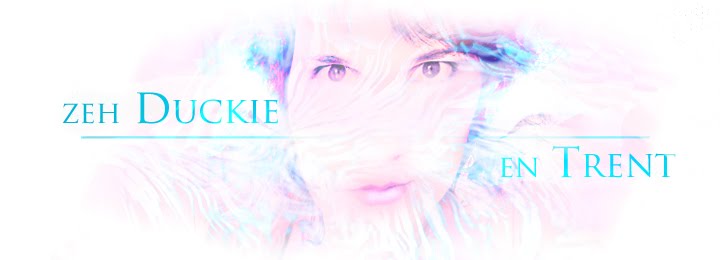Artefact 2 was concerned with testing how the performer`s appearance and bearing on stage directs or distracts the audience`s attention from his argument. Participants were given a transcript, an audio and a video version of a segment and asked to specify the subject of the talk, their perception of the character whose role the performer assumed on stage, and to rank elements of his performance (nonverbal and paraverbal) throughout the three stages.
Results showed that every single respondent described the comedian`s argument differently. Even when some similarities did emerge (politics and lying, imperialism), what respondents felt the comedian lay emphasis on in his routine differed.
The ranking of paraverbal and nonverbal means of expressions revealed that in the piecing together of the performer`s image, vocal cues play the role of the adjectives, which are then attached to the noun that is provided most strongly by the visual impact. For instance, words like “smug”, “sarcastic”, “moralistic”, “guilt-ridden” and “disappointed” have all emerged after the audio recording, followed by labels attached to the subject: teacher, eye-catching performer, history teacher.
Another interesting aspect the experiment has revealed is that most respondents were tempted to contradict their previous responses after seeing the video version, showing that they trusted their eyes more than their hearing in giving their verdict, despite the fact that the bulk of their initial information was provided by the audio version.
Artefact 3 will leave out image in favour of sound. The characters will be fictional rather than known performers. The objective is to see how well can performers gather the audience`s attention and direct it towards the points they wish to make within their material. The subjects will have no prior knowledge of the theme of the sketch or its characters.

No comments:
Post a Comment